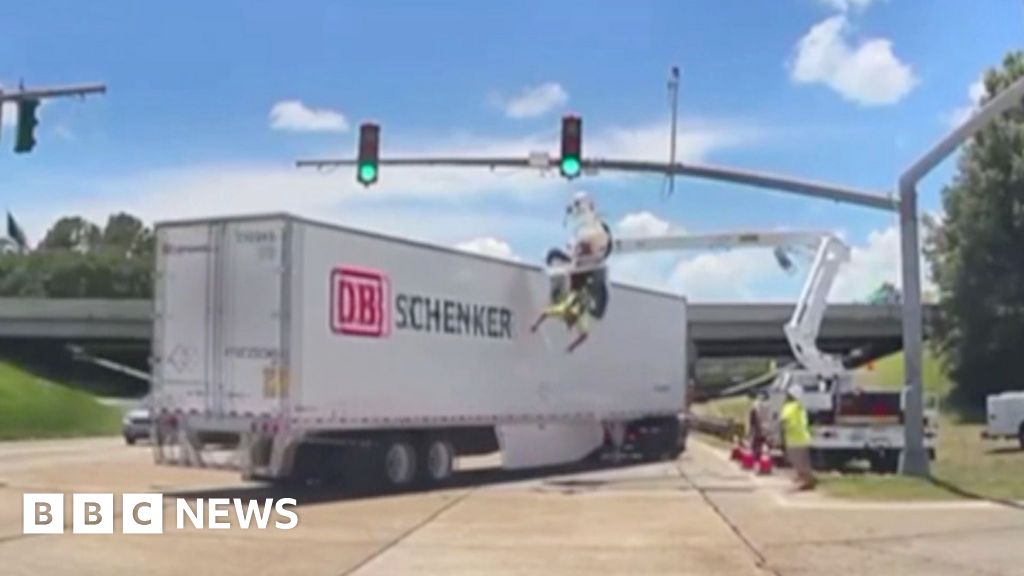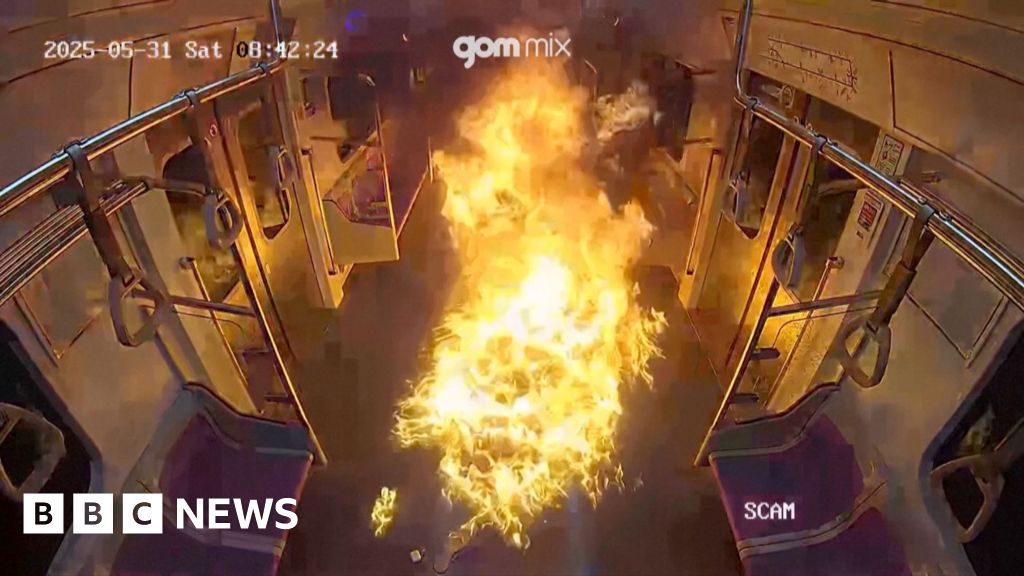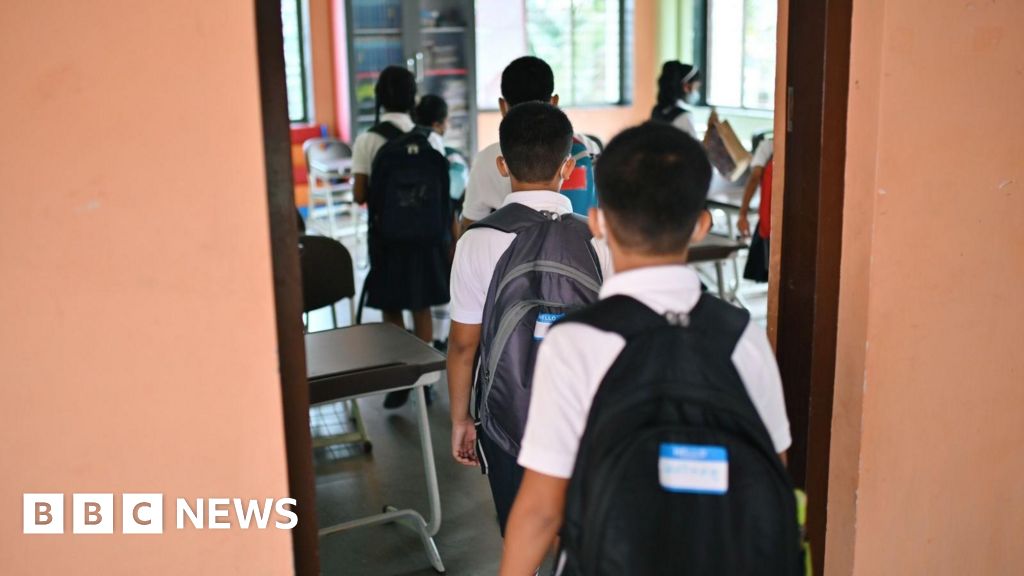Key Takeaways
- Forced liquidations likely triggered Mantra’s 90% drop during low liquidity.
- AI could have detected risky wallet movements in real time, alerting risk teams to act before the collapse.
- However, artificial intelligence may also help prevent other kinds of fraud.
In the high-speed sector of crypto markets, milliseconds can mean millions. Yet most exchanges still rely on outdated systems, blind to the early warning signs hidden in wallet movements, order book depth, and social sentiment.
What if a machine could have spotted the cracks forming before the collapse?
As AI gains traction in trading infrastructure, experts say the tools to prevent crashes like Mantra’s already exist but aren’t being used.
You’ll Want To See This
AI Role in Preventing Crashes Like Mantra’s
On April 13, Mantra (OM), a Real-World Asset (RWA) crypto project, crashed by 90% in hours, falling from $6 to less than $1. Initial fears of a rug pull were dismissed in favor of a more plausible cause: forced liquidations triggered by high-leverage futures trading during low liquidity.
According to Ahmad Shadid, founder and CEO of O.XYZ, using an AI agent may have prevented the crash and immediately detected and solved the issue.
“First, AI lets us run living stress tests instead of the once-a-quarter spreadsheet drills that exchanges still rely on. Neural networks combine live order-book depth, on-chain wallet flows, and even Telegram sentiment to model “fat-tail” scenarios,” Shadid told CCN.
“Second, deep-learning models trained on historical book data can forecast slippage spikes in milliseconds,” Shadid said.
For the founder of O.XYZ, research on temporal Convolutional Neural Networks reaches 76% walk-forward accuracy in predicting the next price move from limit-book snapshots, proving machines can see the fragility that humans miss.
In Mantra’s case, wallets linked to strategic investors moved millions of OM to OKX days before the plunge.
“An AI agent would have alerted risk desks in real time, buying everyone the minutes, or hours, needed to widen spreads, add collateral, or pause trading until depth returned,” Shadid said.
Centralized exchanges (CEXs) need AI the most—opaque order books and liquidation engines heighten risk. Adding AI to existing data feeds (like those from Kaiko ) offers instant visibility into slippage without exposing user data.
DeFi data is public and on-chain, allowing AI to monitor multiple chains simultaneously. While execution is slower due to on-chain settlement, the same AI tools can be adapted to different infrastructure.
Among the key adoption challenges, Shadid highlighted three in particular:
- Data Access: CEXs tightly guard detailed order data, making it hard to train accurate models. Adoption hinges on showing that shared risk tools reduce reputational damage.
- Compliance: Regulators demand transparency. Black-box AI won’t cut it—models must explain alerts clearly.
- Compute Costs: Real-time AI needs significant GPU power. Decentralized GPU networks offer affordable, burst-based compute, making it viable for smaller platforms.
“The hardest piece is data governance,” he told CCN.
“Legacy CEXs guard full-depth books and liquidation logs like crown jewels; without that granularity, the algorithms under-fit and drown in false positives.”
“Convincing them means proving that a shared risk layer reduces brand-damage costs more than it reveals proprietary flow,“ Shadid added.
New Technology May Anticipate Insider Trading Activities
But AI activity isn’t limited to crashes like Mantra’s. It may also help detect and prevent insider trading activities.
AI clusters wallets by behavior and flags unusual moves, such as large holders sending tokens to CEXs during low liquidity. These patterns appeared before the Terra and Mantra crashes, giving risk teams time to act.
For Shadid, pattern recognition agents cluster wallets by behavioral fingerprints (like hold-times, exchange bridges, and loan collateralization) and flag anomalies such as multiple large holders moving tokens to the same CEX during low-liquidity hours.
“Those patterns preceded both Terra and Mantra; catching them minutes earlier is often enough for risk desks to hike margins or freeze suspect accounts,“ he told CCN.
“We pair that with sentiment and depth signals: if whale deposits coincide with widening spreads and negative social sentiment, the probability of a coordinated dump jumps.”
As Shadid shares, the system scores that convergence and pushes tiered alerts – from “watch closely“ to “auto-halt market-orders“.
“In back-tests on historical LOB and on-chain data, the model spots suspicious clusters hours before price collapses, outperforming manual monitoring by double-digit recall. It’s not clairvoyance – it’s simply letting the data speak faster than humans can read a block explorer,” Shadid concluded.
Was this Article helpful?
















